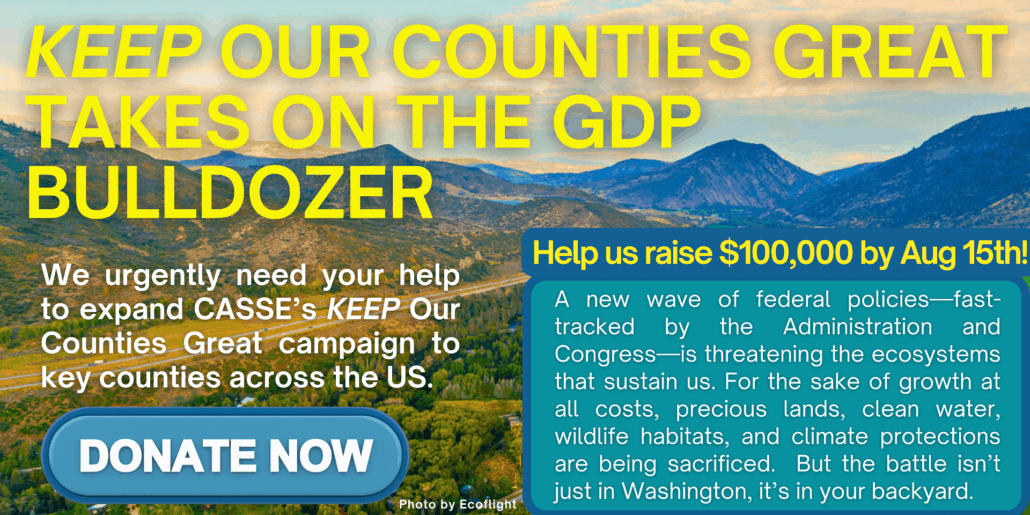Carbon Footprint Tramples Planetary Boundaries
by Amelia Jaycen
The carbon footprint of an individual, organization, or country is the amount of carbon dioxide (CO2) that must be produced to accommodate their choices: the types of transportation, heating and cooling, and diet they adopt and the manufacture and disposal of products they use. As a component of the total impact on the environment, called ecological footprint, a carbon footprint can be expressed as the amount of land or biocapacity required to absorb CO2 emissions.
